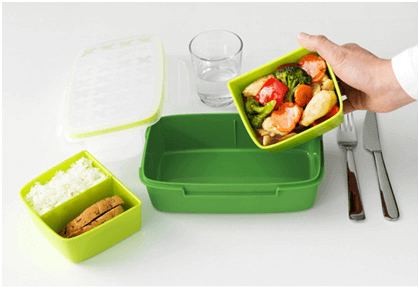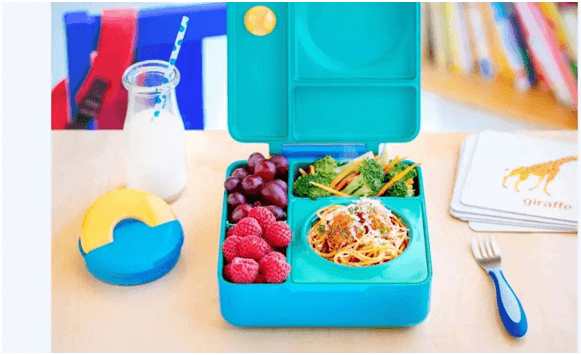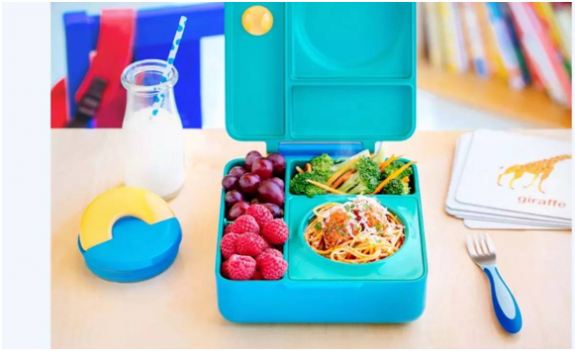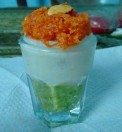How Can a Lunch Box Better Your Nutrition?
If you think about it, we consume most of our nutrition at work. Most of us who work a full-time job will eat all our meals, except dinner, on the go or at work.
Before I began using a lunch box, eating at work meant consuming most of my nutrition from restaurants located nearby. But I couldn’t afford to eat a healthy gourmet meal each day, and I couldn’t spend a lot of time waiting for my lunch sitting in a restaurant. So I needed something cheap and fast. Before I knew it, most of my nutrition came from fast food, also known as junk food. Sounds familiar? It’s a vicious cycle, and the only thing that can break it, save you money, help your health, nutrition and diet is – you guessed it – A Lunch Box.

I took back control of my body and health (not to mention wallet) which I handed over to the fast food industry years ago, and it feels wonderful. Physically I feel more energetic and focused, I’ve lost weight, and I am just looking overall better. Mentally, of course, I feel just as good. I have so much to say about that, but I am trying to keep on track and to guide you on where to start with your lunch box. I just want to add one thing before we continue, I am not trying to draw you a perfect picture. Deciding to go on a lunch box life style will require investing some time and planning, unlike junk food, but I feel that I am worth it and so should you. Like every other new skill we learn – it will take more time in the beginning, but after a few days or weeks, it will become like second nature to you. And now, back to business:
How to plan your new lunch box nutrition
First thing first, we need to establish how many calories you suppose to consume per day, whether you want to lose, keep or gain weight.

Calories are not all the same; we need to distinguish between a carb calorie to a protein or fat calorie. The recommendation is that 55% out of your total calorie daily intake should be from carbs, 15% from protein and 30% from fat (there are also different fat calories, but this will do for now). Use the Daily Calorie Calculator tool to determine the right amount of calories, carbs, protein and fat recommended for you. It will give us our goals when planning what to pack in our lunch box.
You may find the Diet & Calorie Counter tool very useful when planning and tracking your nutrition. Fill in the foods you are planning to pack in your lunch box, and it will calculate some calories, carbs, protein and fat in it.
Don’t forget to plan for snacks as well; you can even have a completely guilt-free cake as long as it’s prepared and portioned correctly.
Author Bio: Katie Smith is the enthusiastic woman. She loves writing about health and lifestyle on Reviewmoon.















